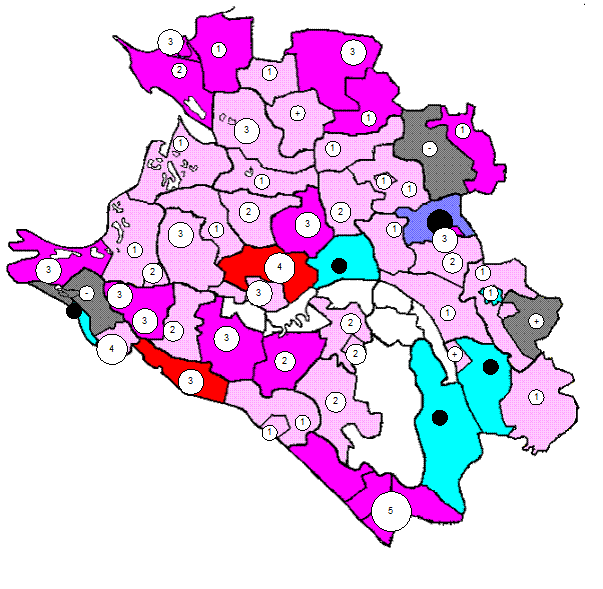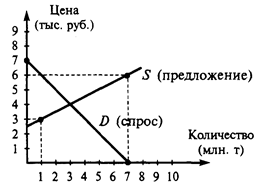VITAMINS
Theme 8 Vitamin is an organic compound required by the organism as a nutrient in tiny amounts. In other words, an organic chemical compound (or related set of compounds) is called vitamin when it cannot be synthesized in sufficient quantities by an organism, and must be obtained from the diet. Thirteen vitamins are universally recognized at present.
Vitamins are classified according to their biological and chemical activity, but not to their structure. Vitamins have diverse biochemical functions. Some have hormone-like functions as regulators of mineral metabolism (e.g., vitamin D), or regulators of cell and tissue growth and differentiation (e.g., some forms of vitamin A). Others function as antioxidants (e.g., vitamin E and sometimes vitamin C). The largest number of vitamins (e.g., B complex vitamins) function as precursors for enzyme cofactors, that help enzymes in their work as catalysts in metabolism. Vitamins may also be less tightly bound to enzyme catalysts as coenzymes, detachable molecules that function to carry chemical groups or electrons between molecules. For example, folic acid carries various forms of carbon group–methyl, formyl, and methylene – in the cell. Although these roles in assisting enzyme-substrate reactions are vitamins’ best-known function, the other vitamin functions are equally important. The term vitamin was derived from “vitamine”, a combination word made up by Polish scientist Casimir Funk from vital and amine, meaning amine of life, because it was suggested in 1912 that the organic micronutrient food factors that prevent beriberi and perhaps other similar dietary-deficiency diseases might be chemical amines. This proved incorrect for the micronutrient class, and the word was shortened to vitamin. Vitamins are classified as either water-soluble or fat-soluble. There are 13 vitamins in humans: 4 fat-soluble (A, D, E and K) and 9 water-soluble (8 B vitamins and vitamin C). Water-soluble vitamins are dissolved easily in water and, in general, are readily excreted from the body. Fat-soluble vitamins are absorbed through the intestinal tract with the help of lipids (fats). Vitamins are essential for the normal growth and development of a multicellular organism. Humans must consume vitamins periodically but with differing schedules, to avoid deficiency. Being overdosed, some vitamins cause side-effects such as nausea, diarrhea, and vomiting.
|




